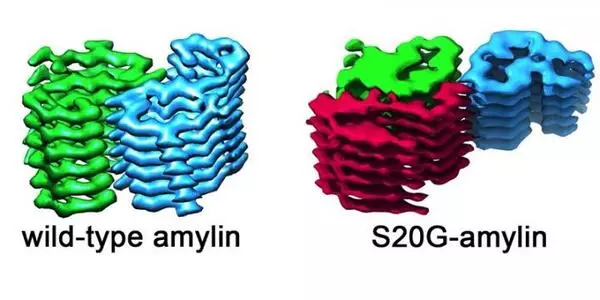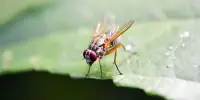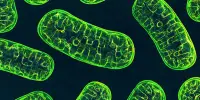A complex and fascinating area of synthetic biology is engineering bacteria to biosynthesize intricate protein complexes. This procedure involves modifying bacteria’s genetic makeup to enable them to produce specific protein complexes with desired functions.
Protein cages found in nature within microbes help protect their contents from the harsh intracellular environment – a finding that has many bioengineering applications. Researchers at Tokyo Tech recently developed an innovative bioengineering approach based on genetically modified bacteria that can incorporate protein cages around protein crystals. This in-cell biosynthesis method efficiently generates highly customized protein complexes that could be used as advanced solid catalysts and functionalized nanomaterials.
Proteins can assemble in nature to form organized complexes with a wide range of shapes and functions. Scientists can now create customized protein assemblies for specialized applications thanks to remarkable advances in bioengineering over the last few decades. Protein cages, for example, can protect enzymes that act as catalysts for a specific chemical reaction from a potentially harsh cell environment. Protein crystals, which are structures made up of repeating units of proteins, can also be used as scaffolds to create solid materials with exposed functional terminals.
Our findings show that H1-Fr/PhC core-shell structures with H1-Fr cages on the PhC core’s outer surface can be individually controlled at the nanoscale level. Hierarchical nanoscale-controlled crystals for advanced biotechnological applications can be built by accumulating different functional molecules in the PhC core and H1-Fr cage.
Prof. Ueno
Incorporating (or ‘encapsulating’) foreign proteins on the surface of a protein crystal, on the other hand, is difficult. As a result, creating protein crystals encasing foreign protein assemblies has proven difficult. There are currently no efficient methods for achieving this goal, and the types of protein crystals produced are limited. But what if the cellular machinery of bacteria can achieve this goal?
In a recent study, a research team led by Professor Takafumi Ueno from Tokyo Institute of Technology reported a new in-cell method for encapsulating protein cages with diverse functions on protein crystals. Their paper, which was published in Nano Letters, represents a significant advance in protein crystal engineering.
The team’s innovative strategy involves genetically modifying Escherichia coli bacteria to produce two main building blocks: polyhedrin monomer (PhM) and modified ferritin (Fr). On the one hand, PhMs naturally combine within cells to form a well-studied protein crystal called polyhedra crystal (PhC). On the other hand, 24 Fr units are known to combine to form a stable protein cage.

“Ferritin has been widely used as a template for constructing bio-nano materials by modifying its internal and external surfaces. Thus, if the formation of a Fr cage and its subsequent immobilization onto PhC can be performed simultaneously in a single cell, the applications of in-cell protein crystals as bio-hybrid materials will be expanded,” explains Prof. Ueno.
To immobilize the Fr cages in PhC, the researchers altered the gene coding for Fr to include a PhM -helix(H1) tag, resulting in H1-Fr. The reasoning behind this approach is that the naturally occurring H1-helixes in PhM molecules interact significantly with the tags on H1-Fr, acting as ‘recruiting agents’ that bind the foreign proteins onto the crystal.
The research team validated the validity of their proposed approach by employing advanced microscopy, analytical, and chemical techniques. They discovered that the resulting crystals had a core-shell structure, with a 400 nanometer-wide cubic PhC core covered in five or six layers of H1-Fr cages.
This biosynthesis strategy for functional protein crystals holds a lot of promise for applications in medicine, catalysis, and biomaterials engineering. “H1-Fr cages have the potential to immobilize external molecules inside them for molecular delivery,” according to Prof. Ueno. “Our findings show that H1-Fr/PhC core-shell structures with H1-Fr cages on the PhC core’s outer surface can be individually controlled at the nanoscale level.” Hierarchical nanoscale-controlled crystals for advanced biotechnological applications can be built by accumulating different functional molecules in the PhC core and H1-Fr cage.”
Future research in this area will assist us in realizing the full potential of bioengineering protein crystals and assemblies. These efforts, hopefully, will pave the way for a healthier and more sustainable future.
















